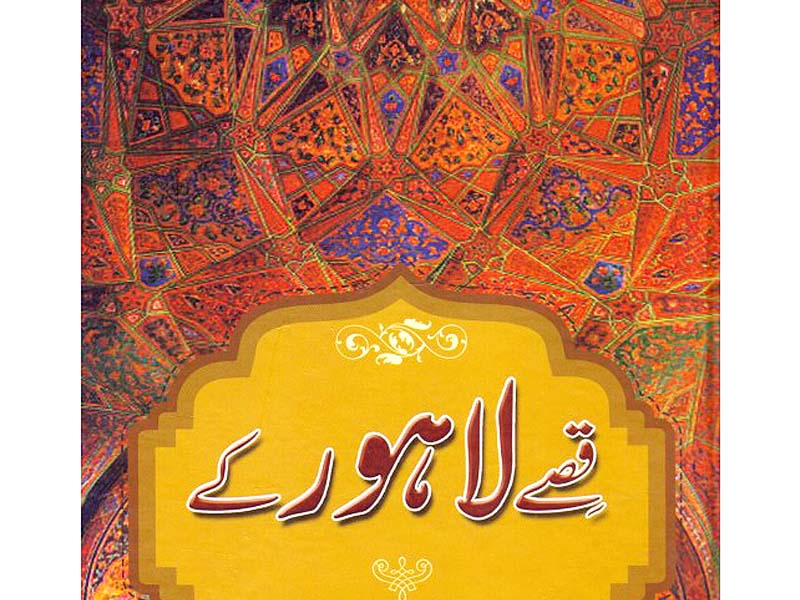
LAHORE:
There are usually two ways to understand cities like Lahore. We could either explore the historical maps of the metropolis to determine how it has changed or see how its citizens have created alternative narratives to recognise its many flavours.
Abdul Majeed Sheikh’s book, Qissay Lahore Kay falls into the latter category.
Although it is an Urdu translation of Lahore: 101 Tales of a Fabled City by Waheed Raza Bhatti, the book boasts a distinctive style of storytelling.
Overall, the book avoids the rigorous methodologies of modern historiography and explores the cultural and historical milieu of Lahore. Qissay Lahore Kay examines the vocabulary of the city by unravelling its past.
It also peels back its hidden layers of meaning and traces the origins of the word ‘Lahore’. According to the author, the Hindu goddess, Sita, was pregnant when she came to Lahore and lived along the bank of Ravi River. She eventually gave birth to her son and named him Lahu or Loh. With time, the newborn’s name became the inspiration for the city’s name.
Sheikh puts the spotlight on an interesting story about the shrine of Bibi Pakdaaman — Chaste Woman. There are many versions of this legend. However, neither of these narratives has provided concrete evidence to explain how this woman arrived in Lahore in the first place.
Nevertheless, Pakdaaman is believed to be among the women who helped spread Islam in South Asia. It is also believed that the famous Persian sufi saint, Ali Osman Hujwiri — who is better known as Data Ganj Baksh — was also a follower of these women.
Although this facet of the city’s bygone days is shrouded in mystery, Sheikh treats the subject with care and does not attempt to monopolise some ideas over others.
He also draws attention to legends about historical figures — whether real and imagined — from Lahore in an interesting and absorbing manner. The book speculates about who inspired Rudyard Kipling’s fabled character, Kim. Qissay Lahore Kay also includes a chapter on the first photographer who captured the sights and flavours of Lahore with his lens.
The author never fails to convince and steers his narratives by providing the reader with the ability to imagine other lives. Nevertheless, the book is essentially a compendium of stories about Lahore. No historical precision or certainty should be expected from it. Readers could either submit to its power of storytelling or dismiss it altogether for not offering any timelines for the narratives it puts to the fore.
The writer teaches literature at GC University, Lahore, and holds an honorary visiting faculty position at Beaconhouse National University, Lahore. She is currently translating Mirza Athar Baig’s collection of short stories, Be Afsana, into English.
Title: Qissay Lahore Kay
Author: Abdul Majeed Sheikh
Pages: 256
Publisher: Sang-e-Meel Publications
ISBN: 9693528360
Price: Rs990
Published in The Express Tribune, October 4th, 2015.
Like Life & Style on Facebook, follow @ETLifeandStyle on Twitter for the latest in fashion, gossip and entertainment.













































COMMENTS
Comments are moderated and generally will be posted if they are on-topic and not abusive.
For more information, please see our Comments FAQ